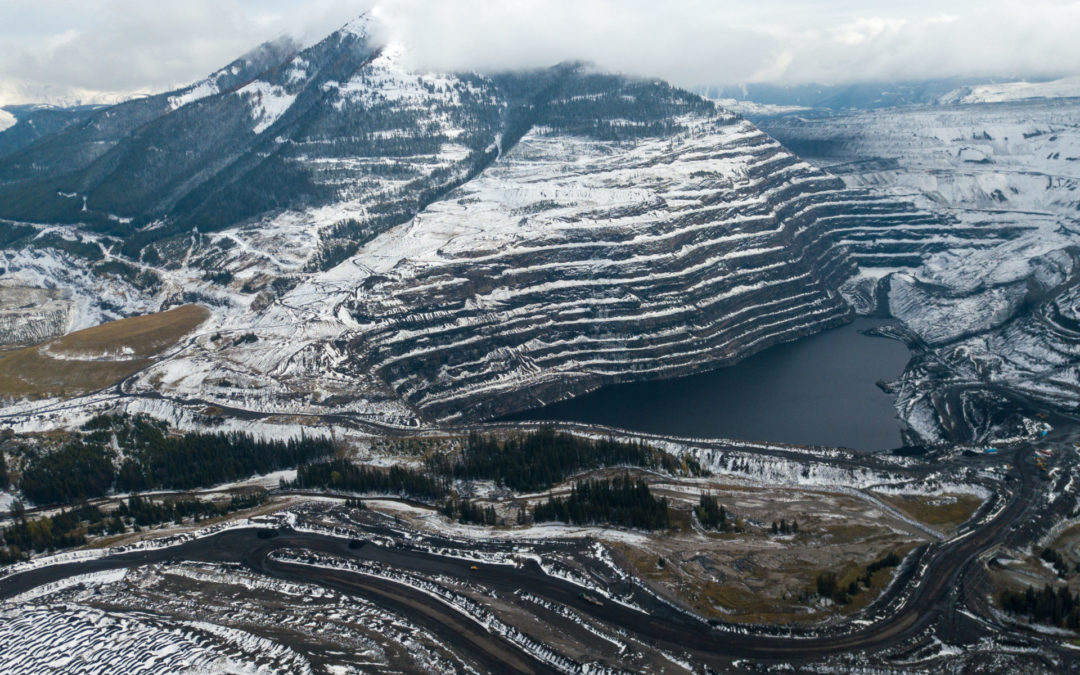SOURCE: The Narwhal
DATE: December 4, 2018
SNIP: If you follow the crystalline waters of the Fording River up the Elk Valley, past Josephine Falls, you’ll discover a small pocket of genetically pure westslope cutthroat trout prized by fly fishers from around the world.
The species is known for sparse, dark freckles that run along the contours of an arched back and the signature orange-pink slits that gouge both sides of its throat. Small teeth line the entirety of its mouth, even under the tongue.
The meandering oxbows of the Upper Fording have created the unique conditions for this particular population of westslope cutthroat trout to remain genetically distinct, not having bred or ‘hybridized’ with other nearby populations. Yet these very same gentle waters now threaten to bring an end to this particular lineage of westslope cutthroat trout, first noted in the journals of Lewis and Clark and christened with the scientific name Oncorhynchus clarkii lewisi.
Selenium pollution, leaching from manmade mountains of waste rock, has inundated the waterways of the Elk Valley, depositing itself in the docile currents of the Fording and Elk Rivers.
First, selenium settles in slow moving waters where it is converted into organic compounds by bacteria. It is then taken up by algae which are eaten by bugs which, in turn, are eaten by fish.
As the contaminant accumulates in trout it can lead to ghastly facial and spinal deformities, an absence of the plates that overlay and protect the fish’s fleshy gills and — where deformities make survival impossible — death.
In 2014 an expert report prepared for Environment Canada warned that selenium pollution from mining in the Elk Valley was negatively impacting fish. The report warned that increases in selenium pollution would inevitably lead to “a total population collapse of sensitive species like the westslope cutthroat trout.”
Selenium is often found in coal rich deposits like those underlying much of the Elk Valley, where Teck Resources owns and operates five sprawling metallurgical coal mines. To get at those blackened seams, Teck employs a technique known as cross-valley fill, a bucolic euphemism for mountaintop removal mining.
Teck’s Elk Valley mines are some of the largest in Canada — and are poised to expand, despite rising concerns about their growing impact on fish and drinking water.
In order to safeguard aquatic life, B.C.’s water quality guidelines recommend selenium levels not exceed two parts per billion. Those same guidelines limit selenium in drinking water to 10 parts per billion. In the U.S., the Environmental Protection Agency’s guidelines set safe limits for aquatic life at 5 parts per billion.
Measurements taken throughout the Elk Valley have found selenium levels at 50 or 70 parts per billion. In many cases, levels are higher than 100 parts per billion.
Yet the B.C. government continues to sanction the expansion of Teck’s mining operations, despite a failed water treatment experiment by the company and a distressing new problem: the contamination of drinking water.
[Read this excellent in-depth report in full at The Narwhal].


